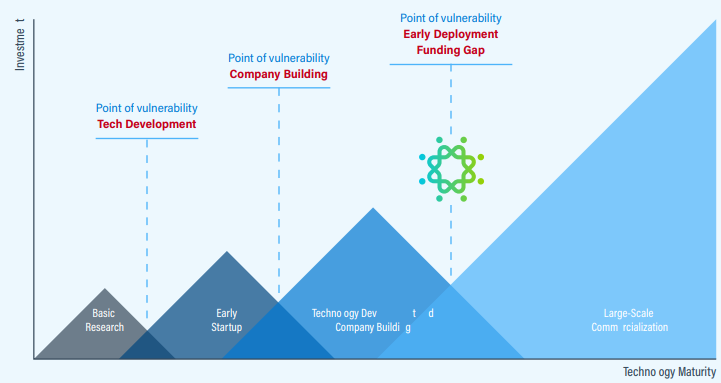Collaborating on Climate-Related Technology and Policy Solutions

Originally published in American Airlines 2021 ESG Report
American is actively working to reduce our carbon footprint, but we recognize that we cannot achieve our ambitious goal of net zero carbon emissions by 2050 on our own. Given the nature of the climate challenge and of our industry, transitioning to low- and no-carbon aviation depends on innovations in airframe, engine and fuel technologies, combined with effective policies that drive those innovations and the necessary investments to bring them to scale. American is committed to collaborating across the public and private sectors to help advance the policy and technology solutions needed to get to net zero.
One way we are doing that is as an anchor partner of Breakthrough Energy Catalyst (Catalyst), a groundbreaking program within the larger Breakthrough Energy network that is working to accelerate the development and commercialization of critical technologies for decarbonization. Catalyst’s initial focus is on SAF, green hydrogen, long-duration energy storage and direct air capture. It is bringing together partners from across the public and private sectors, using a creative, blended financing approach that combines philanthropic, belowmarket and low-cost capital to make targeted investments to scale and reduce the “green premium” of new decarbonization technologies. American has committed to invest $100 million in the effort. Catalyst also brings together experts to develop policy recommendations for accelerating innovation and encouraging the widespread adoption of clean technologies.
Climate technologies moving out of the lab and into the market often struggle to access capital due to higher risk, lower demand and lesser returns than exist for more mature solutions. Catalyst helps finance first-of-their-kind projects that deploy these innovative climate technologies, with the aim of reducing risks, driving down costs and creating a smoother pathway to widespread market adoption.

